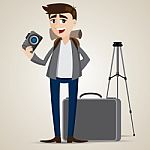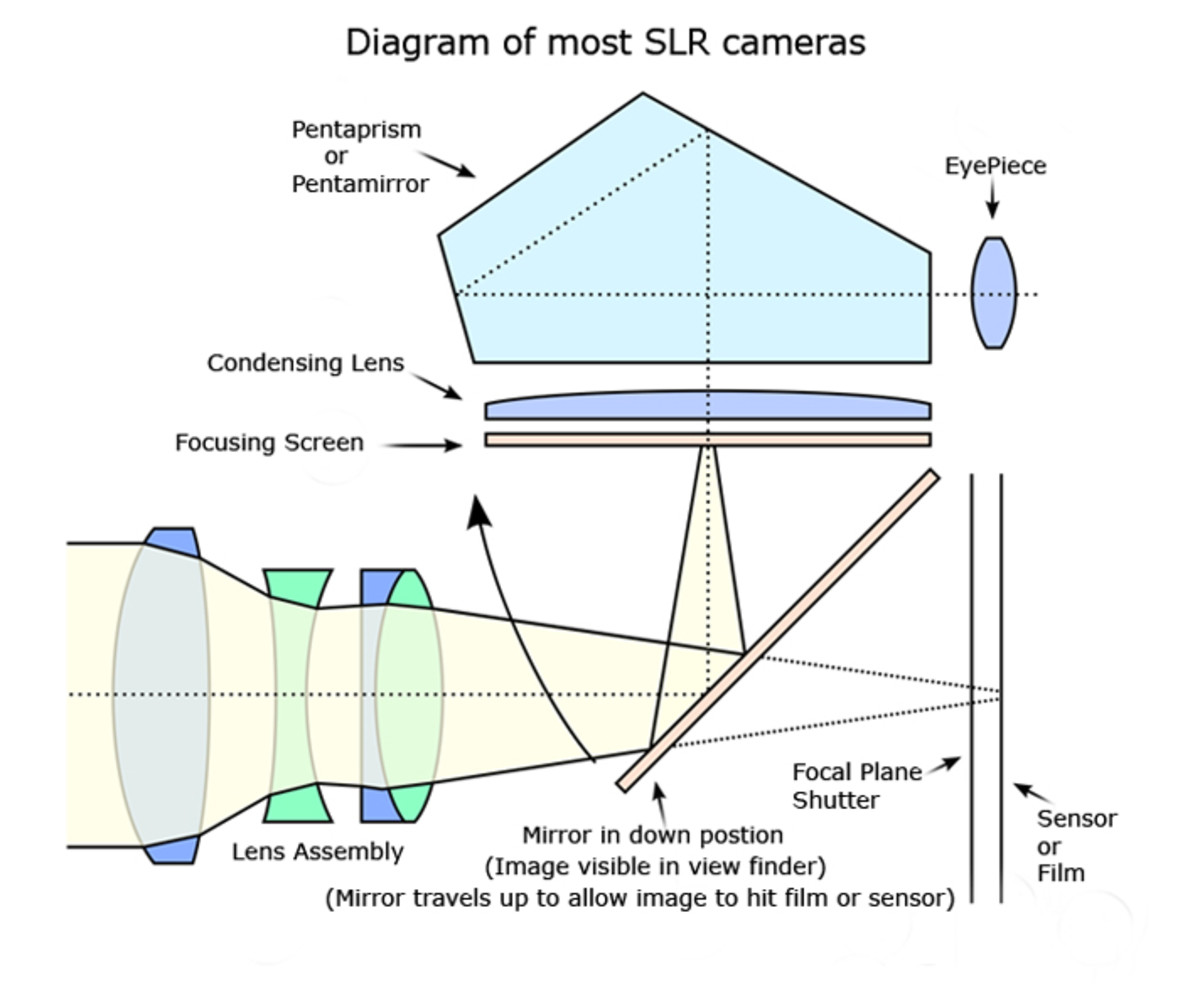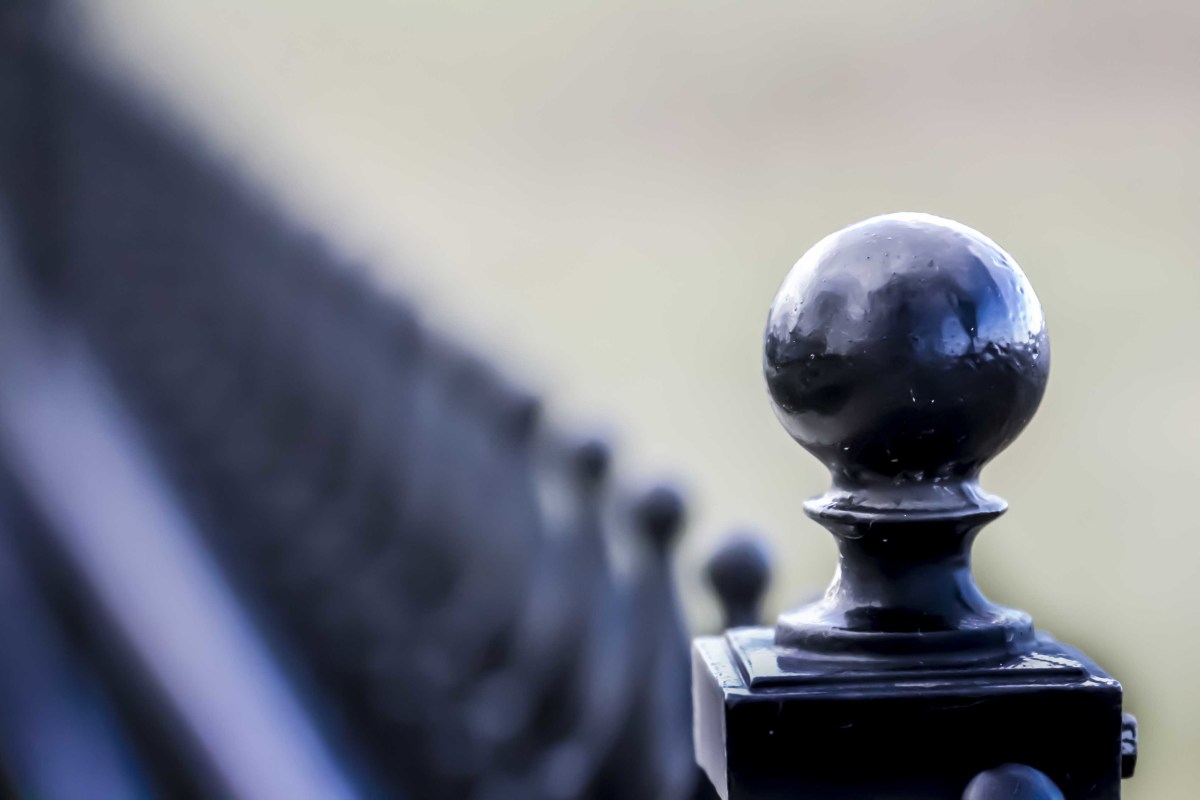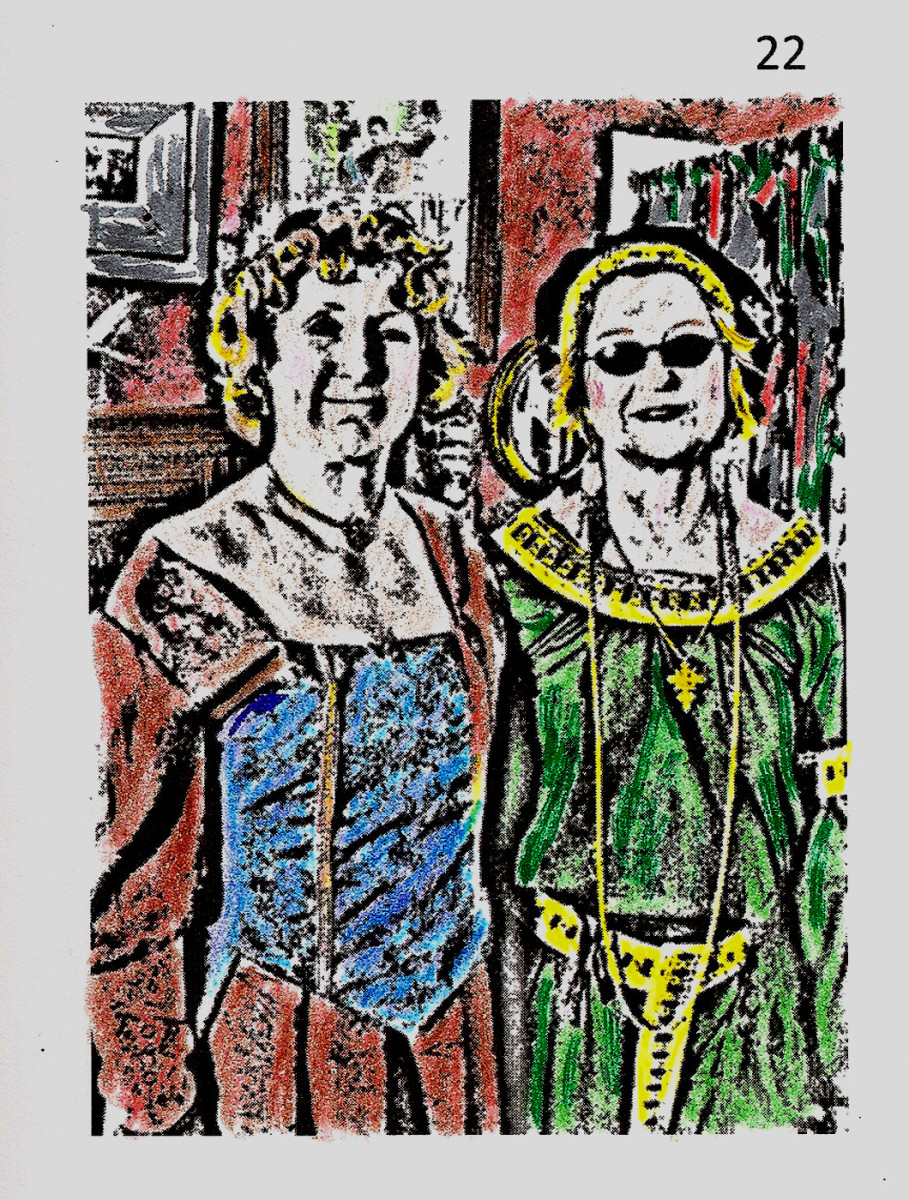How to setup your new DSLR in 3 simple steps!

BlackRapid Camera Sling
So it begins...
You have your DSLR and now you are ready to go and take you prize winning shots. But, before that you may need to get some basic accessories to make those prize winning images.
Carrying options:
Straps: The usual option for carrying your DSLR has been the standard neck strap that came with the camera. For better or worse it will have the brand and model number of your camera on the strap in bright yellow/golden lettering.
For me there are 3 things wrong with the standard in the box neck strap. 1) It it usually too thin and being so thin it means that after 30 minutes or so it starts to cut into your neck with any decent sized lens attached to the camera. 2) It's a neck strap and if you have used one of these the camera is bouncing against your chest as you walk. And 3) the BIG brand and model numbers in yellow/gold lettering!
One option is to get a wider or padded neck strap but a better solution is to get a cross-should strap that attaches to a special fastener to the camera's tripod socket. Once adjusted and attached, the camera hangs to you side and within hands reach. The camera attachment allows the camera to glide along the strap as you bring it up to eye level and glides back down when you are done. Best option out there if you have a need to carry you camera for any length of time.
Bags: Over the years I have tended to go with bags that does not scream out "camera gear here" especially when travelling. I tended to have a standard backpack and/or - my current option - a messenger back of non-descript design and placed inside it a Timbuk2 Snoop Camera Insert. This insert has space for the DSLR plus standard lens and two more slots for extra lenses or accessories. It allows you to have good protection for your gear and in a bag of your choice which does not draw any attention.
Lens options:
This is the $64,000 question and depends on so many things! For example, I wanted to get back into going street photography and needed a fast lens and great low light imaging performance as well as being gentle on the wallet - I chose the Nikkor 50mm F1.8. My daughter is new to photography and wanted an all rounder lens to kick things off and decided on a Sigma 18-250mm f3.5-6.3 DC Macro OS HSM zoom. It's a great lens with built-in OS (optical stabilization) and gives her an opportunity to try different focal lengths and experiment. BTW, this is also a great travel lens if you just want to take one lens for that vacation to Europe or anywhere for that matter.
Kit lenses are lenses that - well - come with the "kit" and are usually fairly good from the well known camera brands. If you already have ideas what type of photography you are interesting in pursuing and the lenses you want/need by all means rent them or try out eBay and Amazon Used section to get a good condition lens to try it out. As most things with photography the learning is in the "journey" and you learn by doing, be it macro - macro lens; nature - telephoto & macro lenses; landscape - wide-angle; fashion - wide-angle, prime, portrait lenses; or architectural - wide-angle for interiors and perspective control lenses for buildings.
Support:
At some point in your advancement you will be looking at the different support options for you photographic needs. But this time it is a little easier to figure out the support you will need whether a standard tripod, mono-pod or a clamp. Though my own start in this space started with a small bean bag cushion I had made because I couldn't afford a tripod at that time and also i didn't want to carry one during my shoots in the city.
Simple way to decide on which support you need will be dependent on what you are shooting and how you shoot. In the past I was stuck with heavy metal tripods which I didn't like to carry but nowadays you have many options with carbon graphite/fibre made mono-, and tri-pods. So here's a few options and who/when you may want to use this option:
1. Bean bag: Pro:- Small, lite in weight, conforms to all types of surfaces and you can safely place you camera on it to get low angle views or quick setup. Con:- Depends on the type of surface you have available, mostly will be low angles and mostly in landscape orientation.
2. Mono-pod: Pro:- Lighter then tri-pod in most cases. Great/must when using telephoto lenses for following fast moving subject(s). Con:- Heavy - before carbon fibre versions - you need to learn how to use it for maximum usability. Not something you can leave standing.
3. Tri-pod: Pro:- Many choices to choose from. Depending on your need there are numerous sizes for different requirements. Most well known branded tripods are solid and as I have learned always get something that will take the weight of your camera AS WELL AS the ability to hook your camera bag to the tripod to stabilize it and keep standing. These will be used for landscapes, still-life, macro, and anything else where you need the camera in one spot and you are moving around to "set the scene." Con: Usually big and heavy - as said carbon fibre versions are around and these are good options to reduce weight, ideal for travel, nature photographers.
4. Grips and clamps: Pro:- like the bean bag, it is something small and can help as a last option to be able to set you camera somewhere for shoots requiring longer exposure. When using clamps and grips be mindful where you are clamping the camera to for balance, security, and also for vibrations, e.g. if you clamp a camera to you car window, you will get the engine vibrations unless you turn off the engine. Con: Not secure/safe and always plan that your camera will slip or fall over and plan accordingly.
Conclusion
There you have it, some basics to get you out and start taking better pictures and learning what your interest and focus will be. There are a few other areas to "develop" - no pun intended - further along, with the basic equipment such as lenses, flash equipment, memory cards types, lens filters and many many more areas to discuss - which I will in future Hubs!








